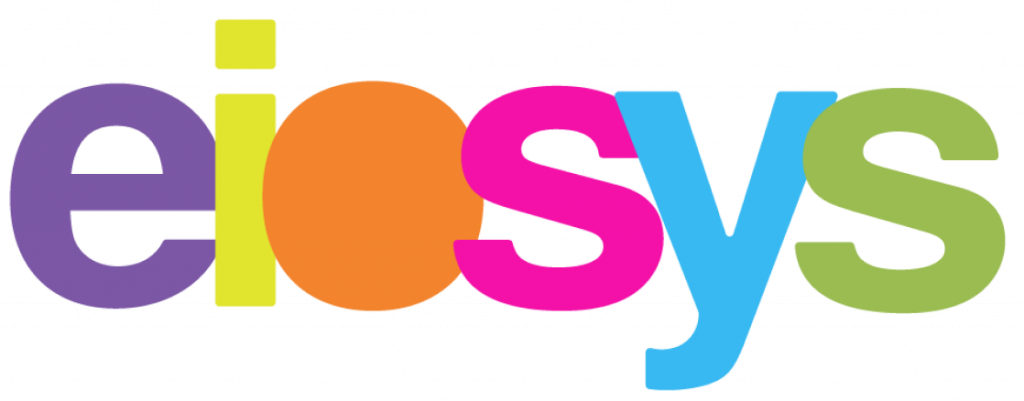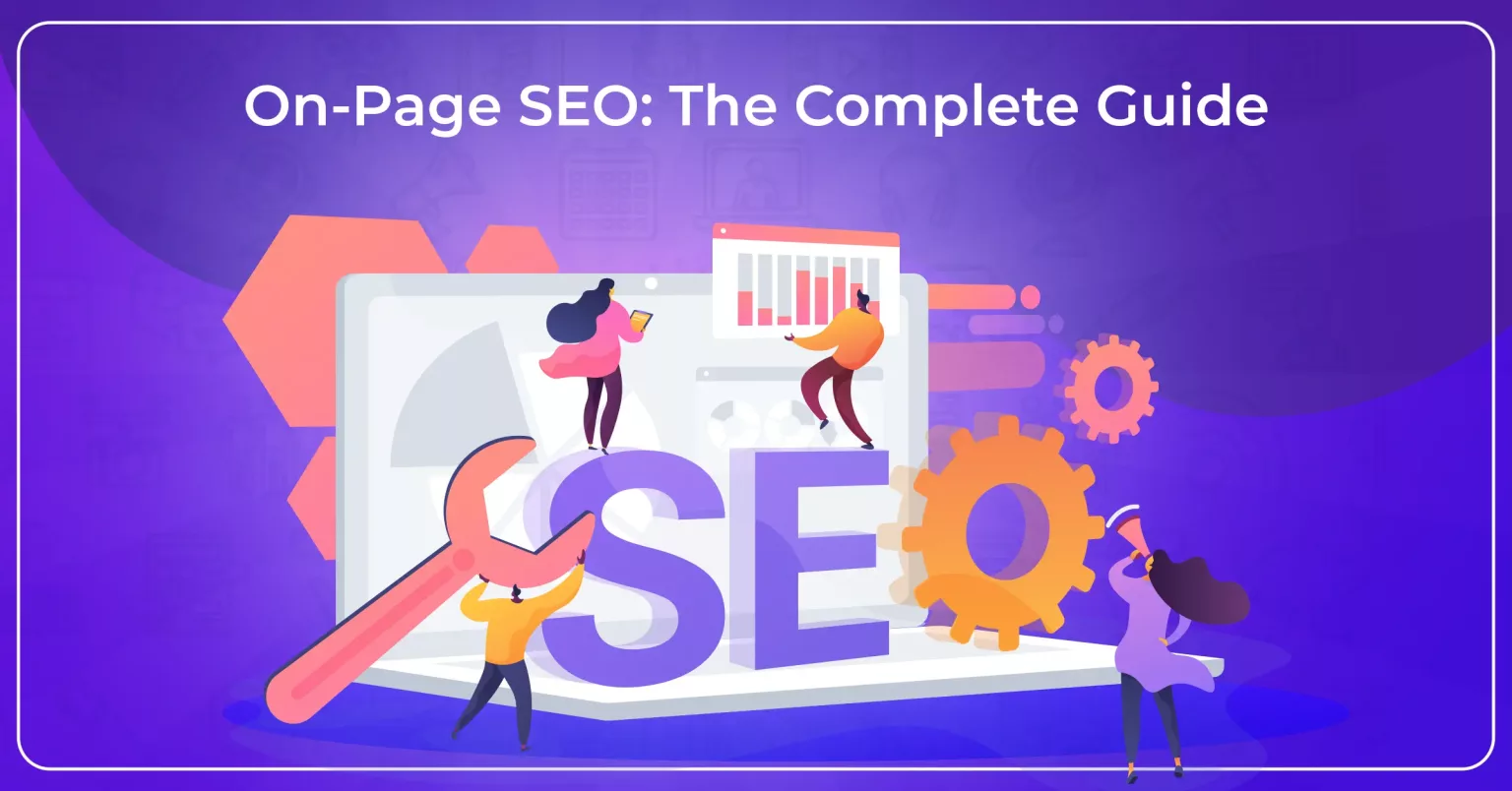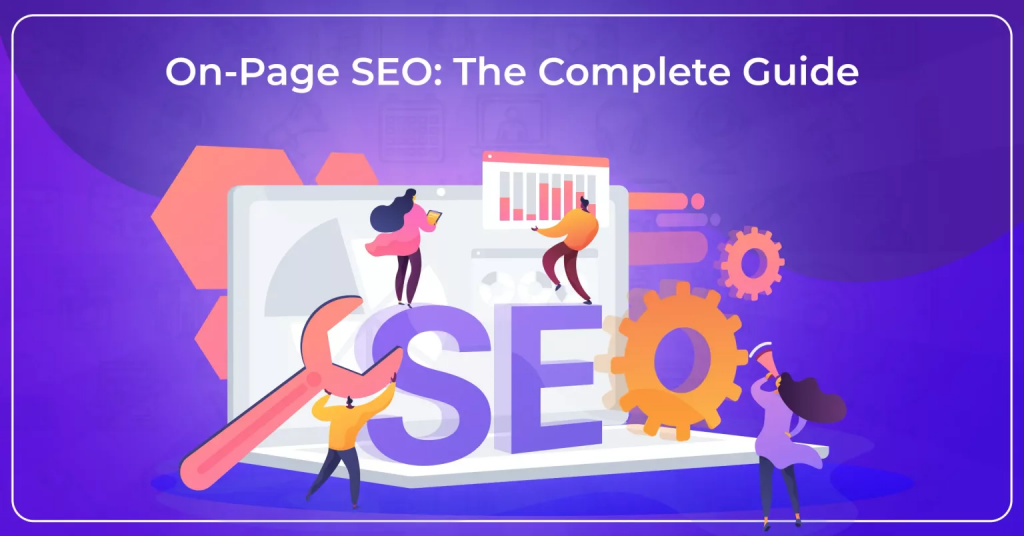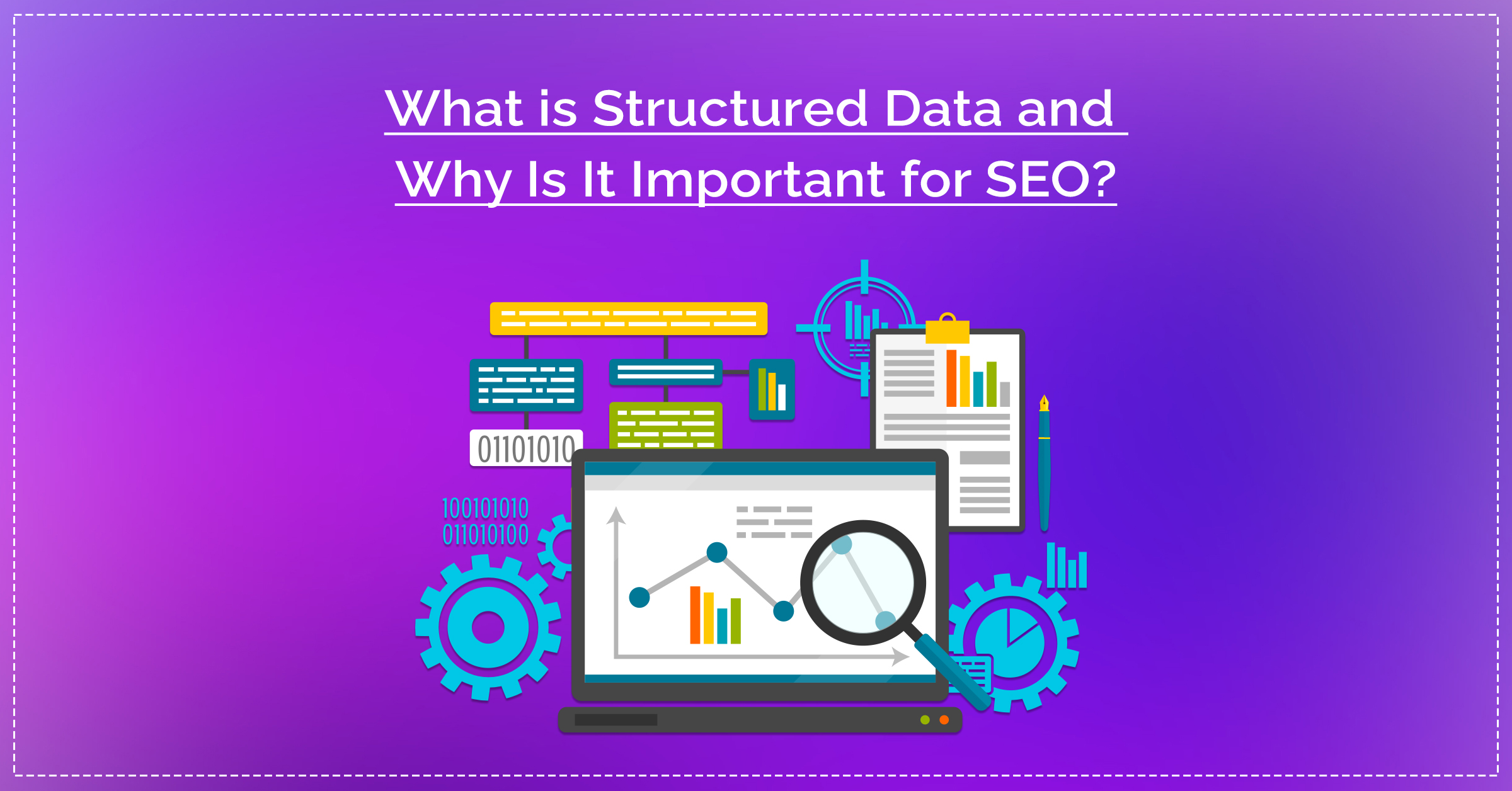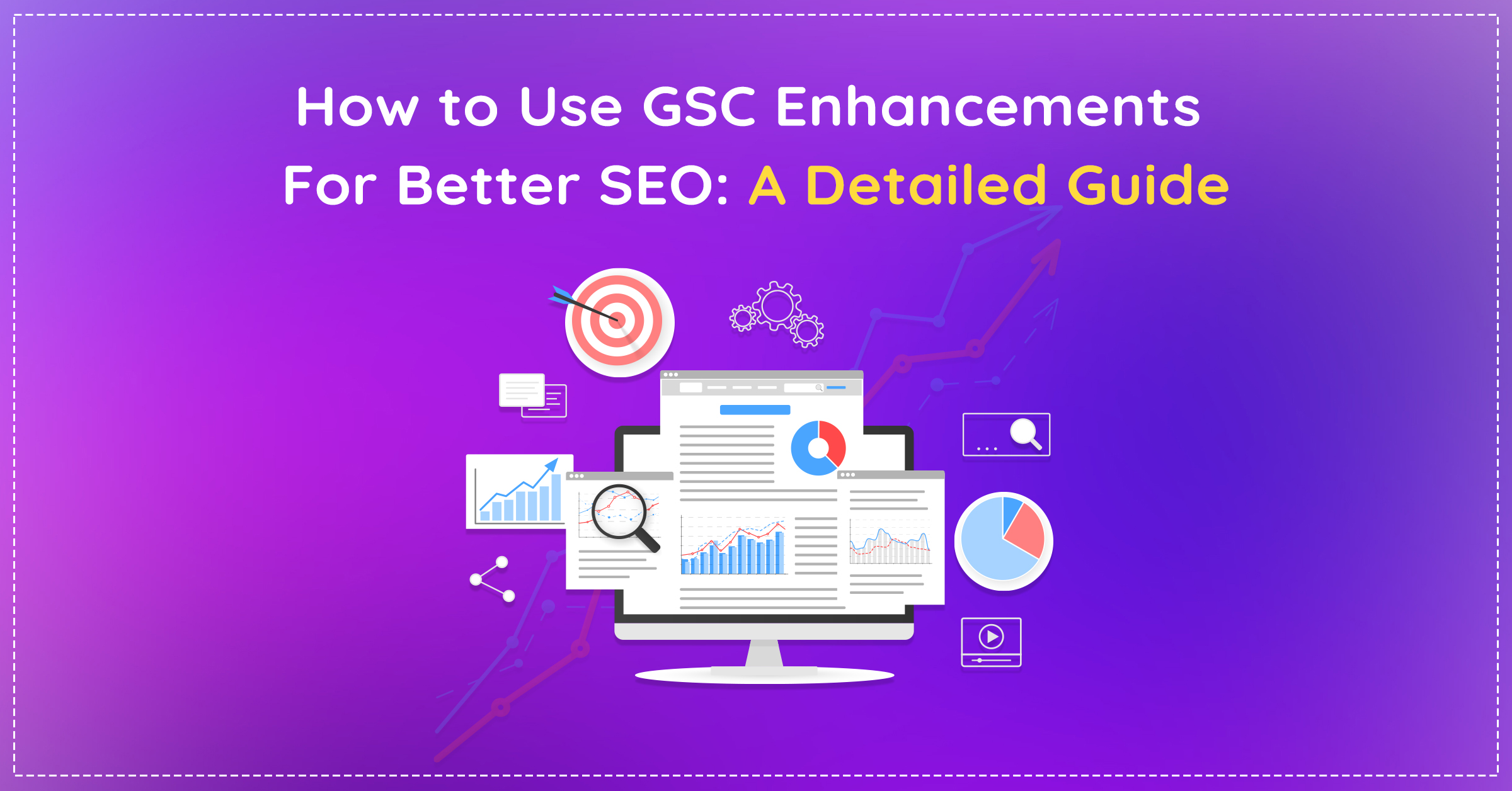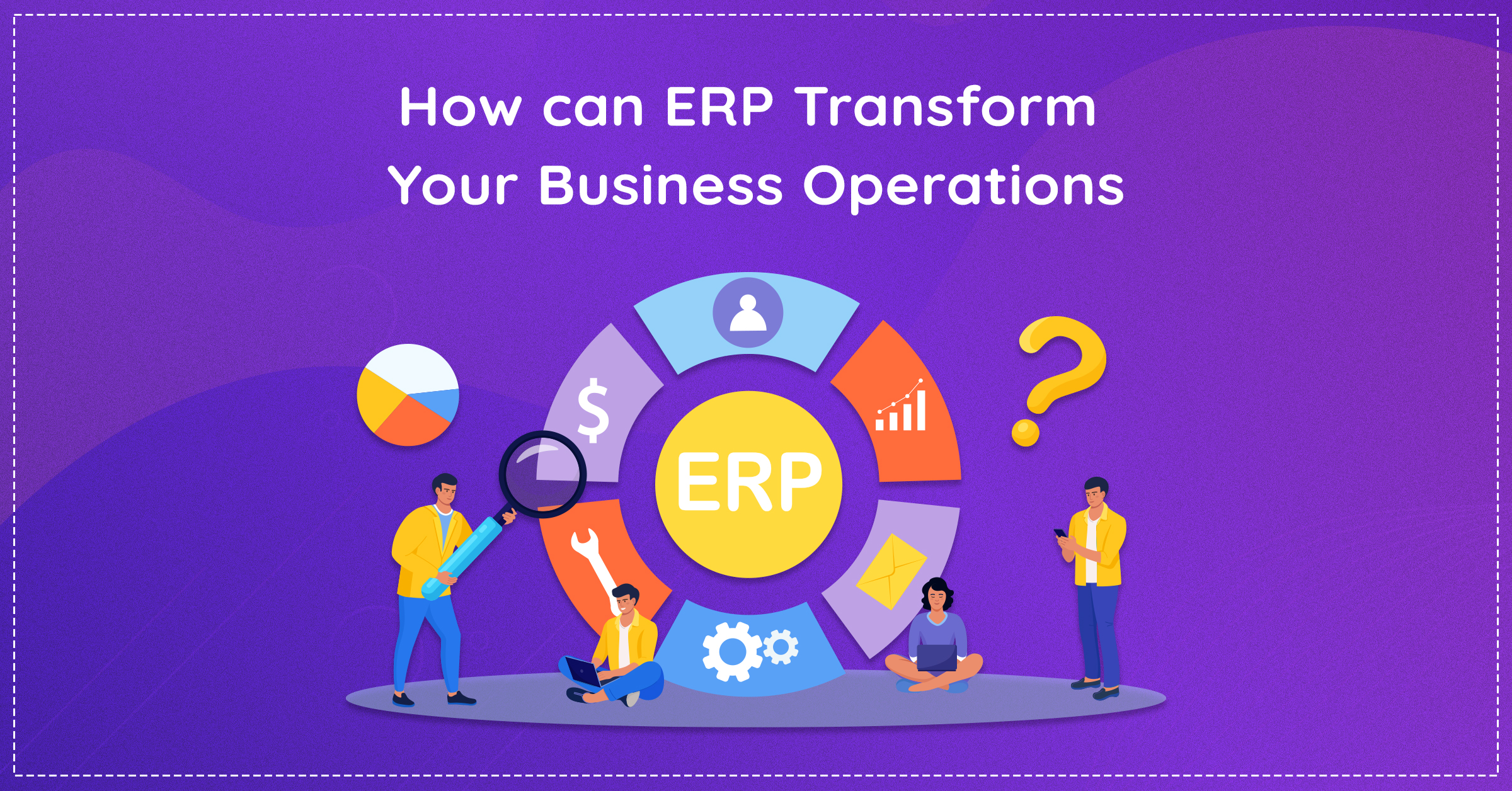This guide will help you understand all you need to know about on-page SEO.
If you want to succeed in organic search, you must optimize on-page and off-page SEO factors that search engines deem significant. Smart SEO professionals are well aware of the fact that they need to first preference to on-page SEO.
Since the SEO scene is constantly evolving, you must ensure that your on-page SEO knowledge is always up to date.
In this guide, we will cover the nitty-gritty of on-page SEO. We will look at why it makes a difference and explore the important on-page SEO factors that you should keep in mind.
What is On-page SEO all about?
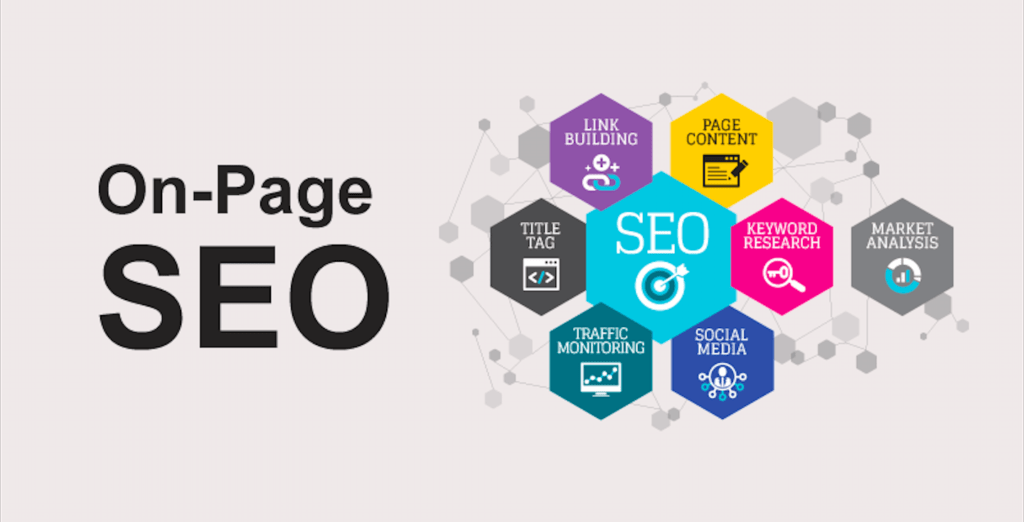
To put it simply, on-page SEO pertains to the process of optimizing pages in order to improve a website’s search engine rankings and gain organic traffic.
Along with publishing pertinent, quality content, on-page SEO also involves upgrading your headlines, HTML tags, and images.
Additionally, it requires your website to possess a high level of expertise, authoritativeness, and trustworthiness.
It also considers different aspects of a webpage that, when combined together, will improve your site’s prominence in Search Engine Result Pages (SERPs).
Why is on-page SEO so important?
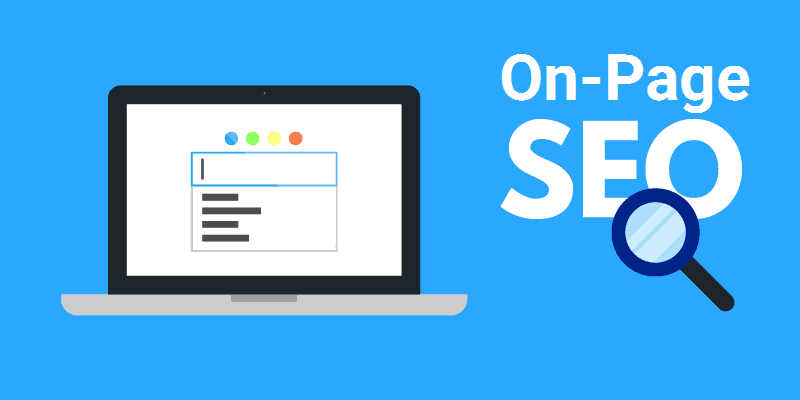
On-page SEO is crucial since it helps search engines understand your website and its content. It also tries to gauge whether your website content is relevant to a searcher’s query.
Since search engines are becoming more and more advanced due to technological developments, there is now a growing emphasis on relevance and semantics in SERPs.
You can acclimatize to this rapid evolution by assuring users that your website and its content – both of which are noticeable to users and search engines – are streamlined by following the best SEO practices.
Moreover, you can’t just overlook on-page SEO since you get more flexibility while optimizing on-site factors – this is in contrast to off-page SEO which comprises factors such as backlinks.
This guide will walk you through the main components of on-page SEO.
Primary components of on-page SEO
The following are some of the most crucial areas that will help you to boost your rankings and website traffic immensely.
1. E-A-T
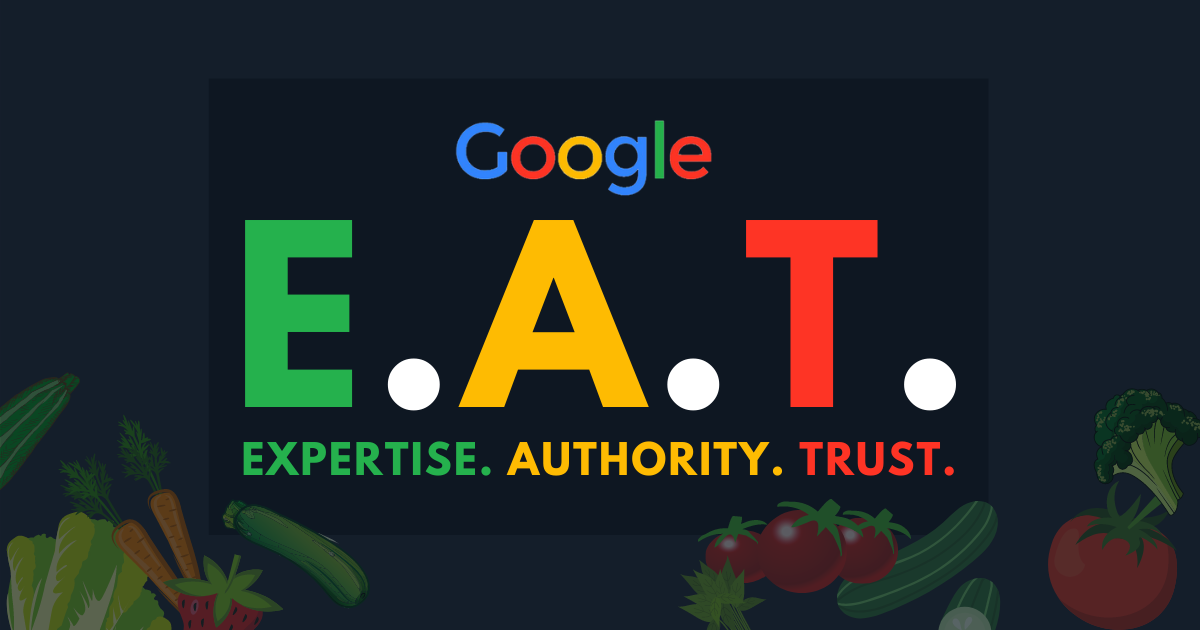
E-A-T is an acronym for expertise, authoritativeness, and trustworthiness. It is a system that Google uses to evaluate content creators, web pages, and websites.
Google has consistently accorded high priority to top-notch content. It wants to ensure that websites delivering excellent content are granted better rankings and that websites that deliver poor content are given less visibility.
There is a direct relationship between what Google considers high-quality content and what shows up on search engine result pages.
E-A-T should be one of your top priorities while mapping your SEO roadmap.
2. Title tag
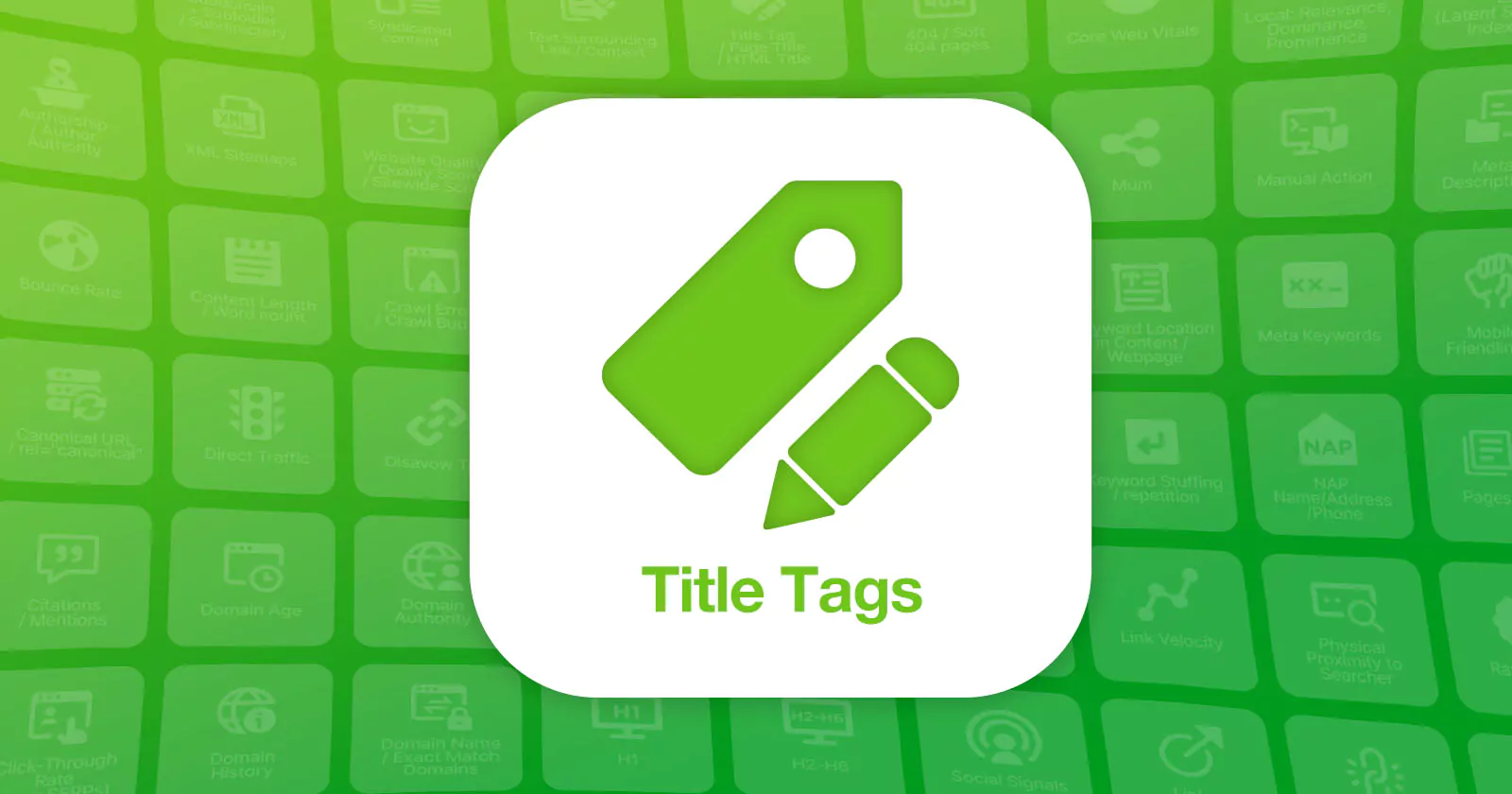
The title tag is an important SEO factor that is located at the topmost section of every page. It offers a clear cue about a specific topic on a page. It is highlighted in search engine result pages, just as in browser windows.
The title tag itself doesn’t incredibly influence organic rankings, this is why it’s often neglected.
Missing, duplicate, and poorly composed title tags can have a negative effect on your SEO results, so make sure that you’re optimizing this factor thoroughly.
3. Meta description
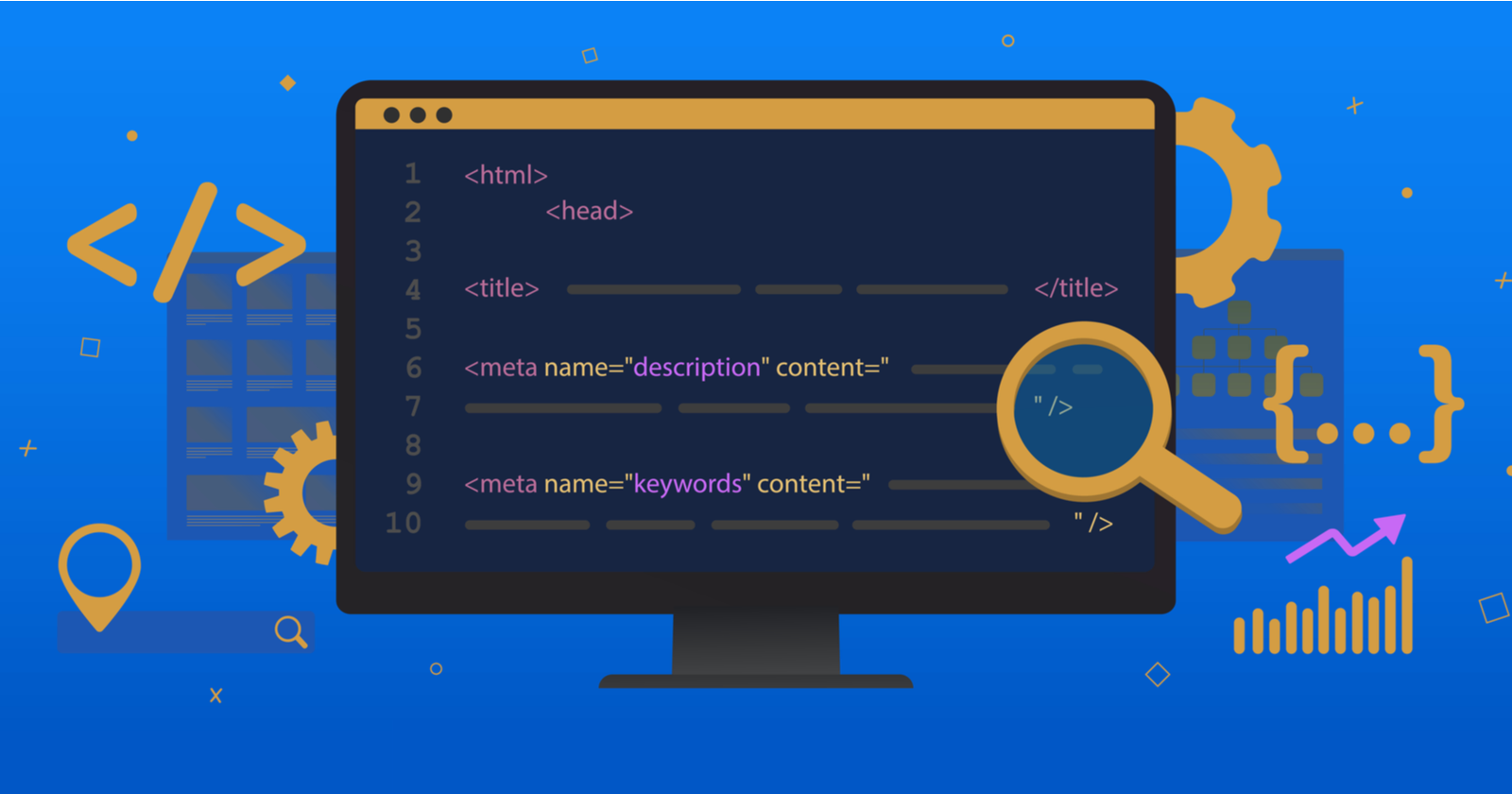
Right from the inception of SEO, meta descriptions have played a critical role.
Meta descriptions provide a brief explanation of a webpage’s content and commonly appear in search engine result pages right under the title of a page.
While Google states that meta descriptions don’t assist in rankings, there is clear proof that concise descriptions immensely help.
Upgrading meta descriptions accurately can help you to improve your click-through rate (CTR), leading to high-quality search results. This way, users can anticipate what they will find on your website.
4. Headlines

If you want your website to perform well on search, you must compose convincing headlines.
Coming up with a title for a blog post may appear to be a really basic thing to do. But, always remember that an extraordinary headline can bridge the difference between a click and an impression.
Your headlines should draw attention. Period. It should encourage users to navigate your website and keep reading your content.
5. Header tags
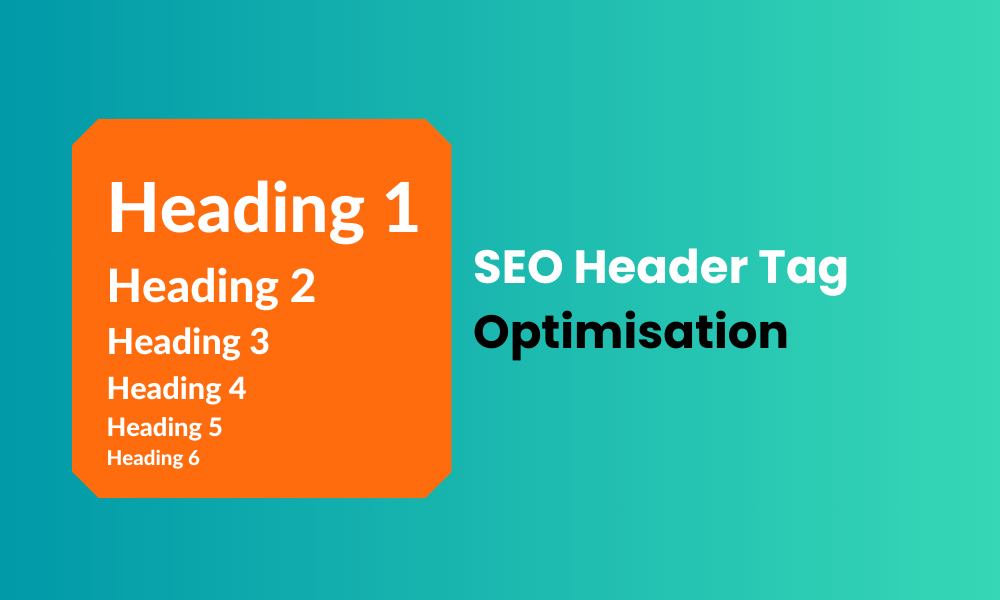
Header tags (H1-H6) are used to differentiate between headings and subheadings in your content piece.
In the past, header tags used to be fundamentally important for your website rankings. Today, they have lost importance. However, these tags actually play a valuable role for your users and SEO.
They have the power to indirectly impact your rankings by:
- Making your content easier and more pleasing for users to read.
- Providing high density regarding your content for search engines.
6. SEO writing

SEO writing entails composing content while keeping in mind both end-users and search engines.
There is a strategy behind creating strong SEO content, and it goes beyond just keyword research and keyword stuffing.
If you are creating content just for the sake of it, then it is not enough. Keep in mind the fact that you’re composing content for readers. Therefore, it should be relevant to them.
7. Keyword cannibalization

The higher the number of pages focusing on a particular keyword, the better your ranking will be for that keyword. Is this true or false?
The answer is, false.
Focusing on a particular term across different pages will cause “keyword cannibalization” which can have some terrible ramifications for your SEO.
When you have numerous pages ranking for the exact same keyword, you’re rivaling yourself. It is critical to know if keyword cannibalization is an issue on your website. If yes, resolve it immediately.
8. Image optimization
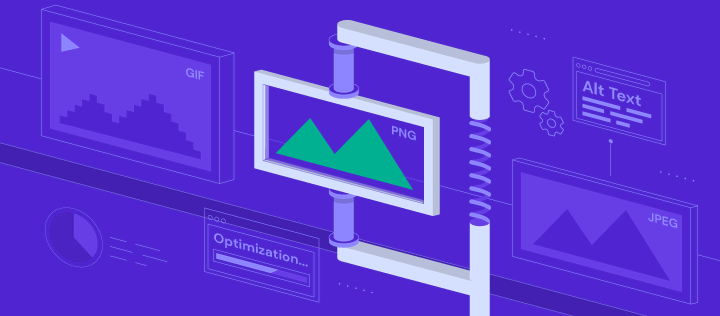
Adding pictures is one of the best ways to make your web pages more engaging.
If you are not optimizing images as expected, you are squandering an important SEO resource.
Optimizing images has numerous benefits such as:
- Additional ranking chances (images appear on Google Image Search)
- Superior user experience
- Quicker page load times
Try to get images that support your content and utilize engaging titles and alt text.
9. User Engagement

Improving your website’s on-page SEO components is just one piece of the puzzle that you have solved.
The next challenge will be keeping your users from bouncing. In other words, you should keep your users hooked on your content all the time. It isn’t quite a mission impossible. To boost user engagement, concentrate on factors such as website speed and content optimization.
On-page SEO insights and techniques
Till now, we have barely exposed the surface. All set to go deeper? Read on and learn more about significant on-page SEO techniques to take your SEO game to the next level.
1. E-A-T
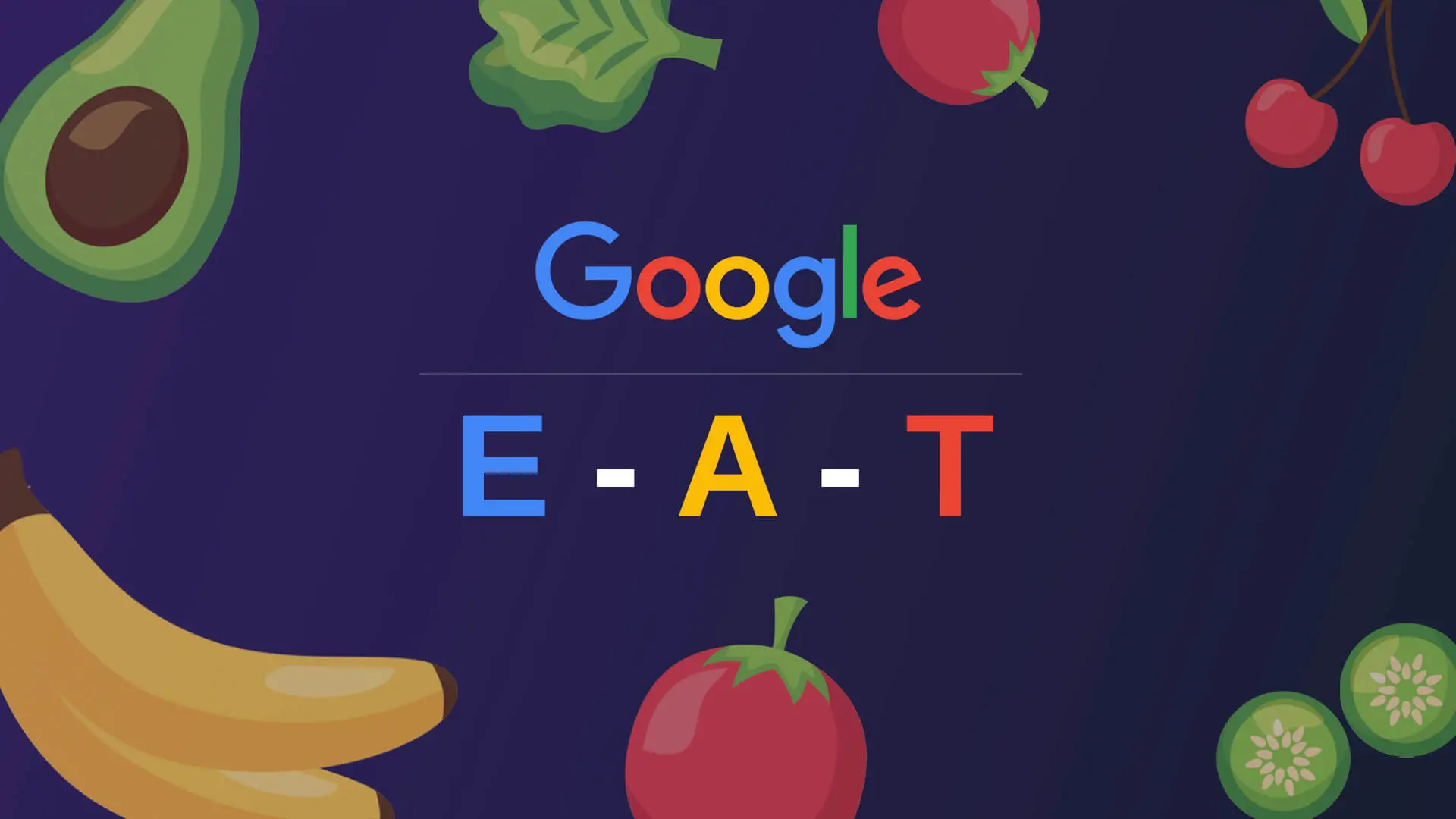
Some believe that E-A-T is one of the most important on-page SEO factors in today’s era.
Others believe that the significance of E-A-T is hugely exaggerated. Is it an immediate ranking variable? Is it an indirect one? Or is E-A-T not a factor at all in Google’s steadily evolving algorithms?
The discussion over the significance of E-A-T – an abbreviation for expertise, authoritativeness, and trustworthiness included in Google’s Search Quality Evaluator Guidelines – will probably continue for quite a long time.
Let’s take a look at each of these E-A-T variables exclusively.
2. Expertise

Are the topic/domain specialists creating your content? These are individuals who have the fundamental knowledge and comprehension of your field to write profoundly on a particular subject. This can be general information or highly specific writings.
What’s more, Google approves of something many refer to as “everyday expertise”. What is it? Essentially, Google needs to provide links to sites that have published relevant content that is helpful, thorough, pertinent, and precise. Exhibiting your expertise is particularly significant in specific niches (e.g. law, money, and health).
Individuals are coming to your site to discover answers to their pointed questions. Providing pointless, irrelevant, or outdated content is an SEO catastrophe waiting to happen. Google would not like to send its users to sites that purposely fool them.
So, make sure that individuals who create your content have the subject matter expertise, carry out thorough research and check facts carefully.
3. Authoritativeness
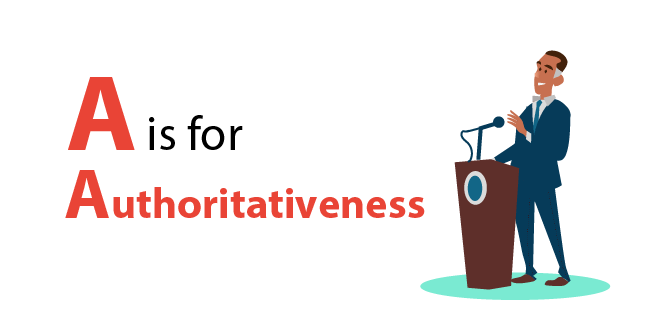
Google utilizes PageRank, a crucial algorithm to understand the authoritativeness of a website. It’s what makes Google, Google!
One factor of authoritativeness involves links. For quite a long time, we’ve heard that links are similar to votes, the more votes you get, the more legitimate (or famous) you are.
So, where expertise is about having thorough information or abilities, authoritativeness is a factor that relates to what happens when others (inside and outside of your industry) perceive that expertise. That acknowledgment can come as links, mentions of audits, or some other sort of reference.
The most ideal approach to building that legitimacy online is to create valuable content and we have discussed this in the last segment.
4. Trustworthiness

You have to invest a lot of time and hard work in gaining the trust of users and search engines. You need individuals to trust your brand image or business and they should be ready to buy from you.
You can boost your trustworthiness by featuring the qualifications of your creators as well as your website. This includes everything, right from testimonials to awards to endorsements.
Individuals need to feel they can believe all the information they find on your website.
Similarly, Google wants to rank sites and content that it can trust. Trust integrates with Google’s YMYL concept.
5. What Is YMYL?
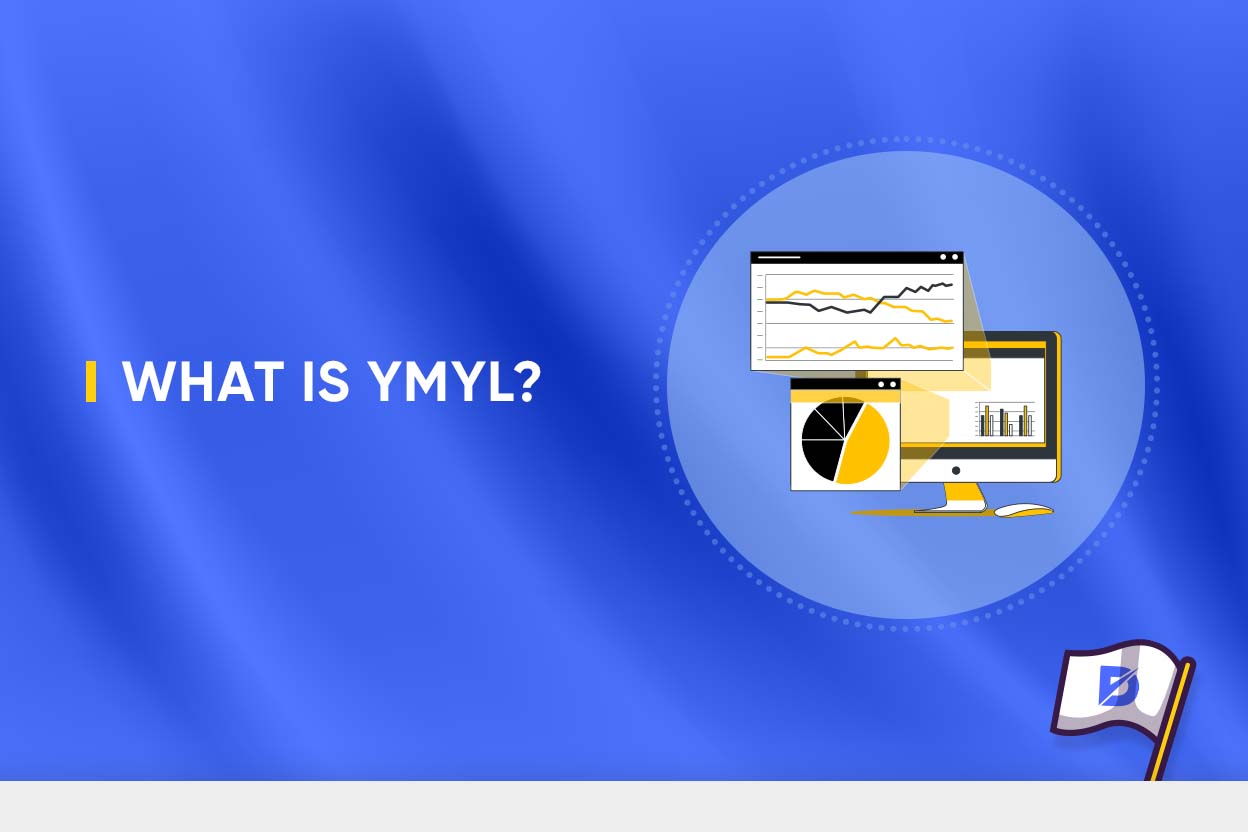
Sites that sell items or offer services or data that can affect the online safety of users are tagged by Google as YMYL, which stands for “Your Money or Your Life”. A few ventures that fall under YMYL include eCommerce, monetary services, medical care, and legal services.
The primary concern with regard to YMYL is to ensure that any kind of content on your website will help, and not hurt, individuals who browse your content. Take excellent care of your users by giving them a sense of security and Google in turn will take incredible care of you.
Optimizing your content
Here’s a quick on-page SEO checklist that will help you to optimize your content and improve your click-through rate significantly.
1. Incorporate your keyword in the title

Page titles typically get categorized by an H1 tag. This is the reason why incorporating your keyword within the title has been the traditional practice since the inception of SEO.
Don’t use the same keywords in your title, but try a close variation instead. For instance, the primary keywords for this post are “on-page SEO techniques”, but the title we’ve chosen is, “On-Page SEO: The Complete Guide.”
Additionally, make your titles sound organic, so it is important to use conjunctions and full stops wherever they are needed.
2. Utilize short and engaging URLs

Brief and expressive URLs help users understand what a page is about before clicking.
For instance, take a look at these two URLs:
https://www.medicalworld.com/articles/322345
https://www.medicalworld.com/how-to-get-a-lean-body
The two pages are exactly the same, but that isn’t clear from the URLs. The second URL enlightens you about the page, which makes for a clear and more interactive result in the SERPs.
Most CMS software lets you change the URL slug without much effort. Adjusting it to your primary keyword is the easiest method of optimizing your website.
If you are a small business owner, read this guide to boost your SEO game.
3. Keyword density
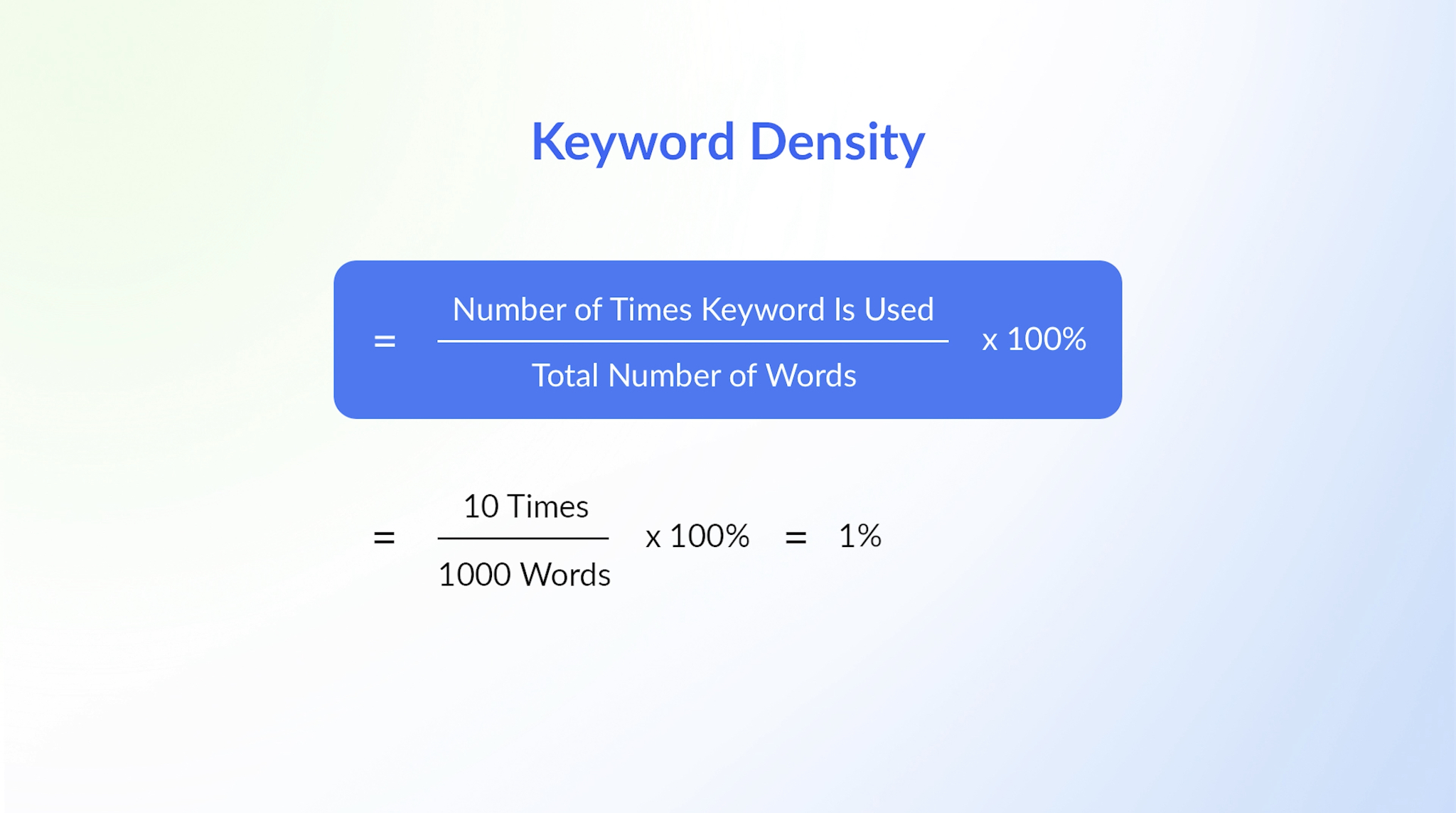
You should maintain the keyword density to around 1.5% with a blend of other LSI keywords. However, there is no secret formula for this.
Our suggestion is that you utilize your primary keyword once in the first passage and again in the last passage. Furthermore, use it at points where the content flows well.
4. Compose a convincing meta description

Follow these tips to compose a convincing meta description quickly:
- Extend your title tag by incorporating USPs that you were unable to fit in the title.
- Always use active voice since it makes it easier for you to address users directly.
- Maintain the word count of the description to 120 characters or less.
- Incorporate your keyword. This will give you leverage since Google puts words in bold and expressions that are relevant to the search question.
5. Upgrade the topical significance
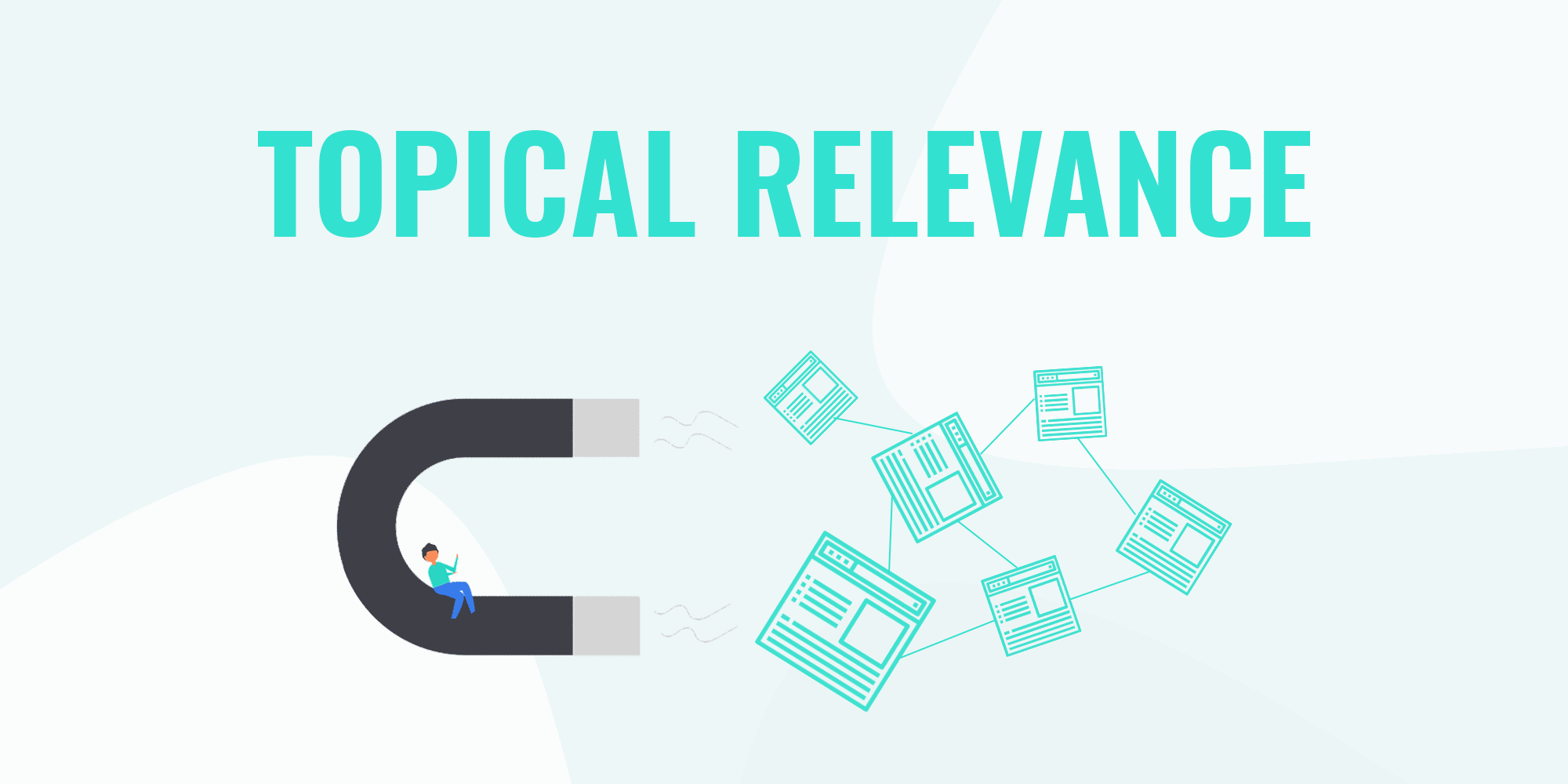
Google considers a page more relevant for a search question when it ‘contains other relevant content apart from the keyword’. For instance, if your page is about cats, posting about breeds can lead to a relevant search result when somebody searches for ‘cats’.
6. Page speed
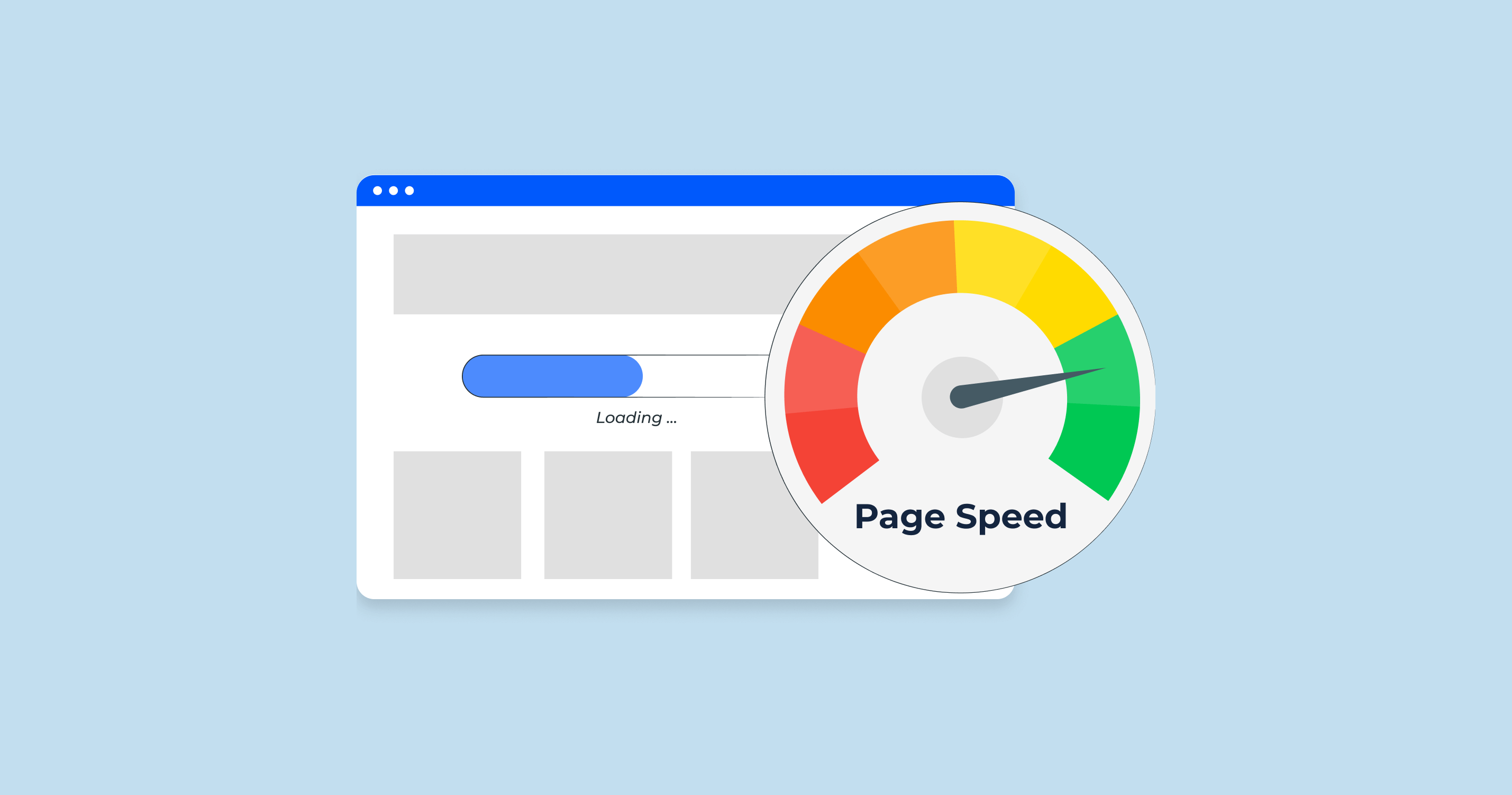
Page speed is essentially an estimate of how quickly the content on your page loads.
With the rise in diminishing attention spans, half of the users will leave a page if it takes longer than three seconds to load. Individuals want access to data and they want it in real-time.
Google uses page speed as one of the ranking factors. By using compressed media files such as images, videos, and GIFs, it is possible to control your page speed so that you can rank higher in search engine result pages.
Check out our blog listing free and paid website speeds and optimization testing tools. You can use one of these tools to perform an audit on your website’s speeds and performance.
7. Make a sitemap
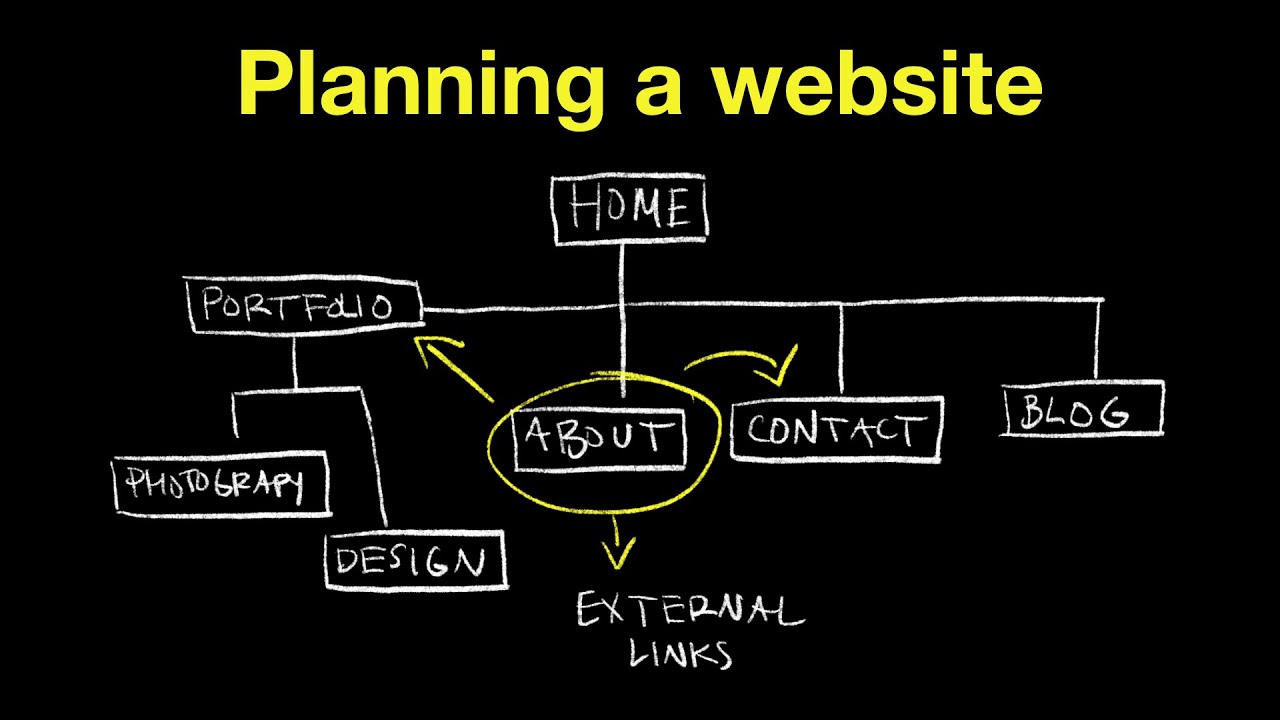
Search engines need to record each and every page on your site to make them appear in SERPs. But, newbies don’t have the foggiest idea about how to navigate the site effortlessly.
The solution for this issue is quite simple. All you have to do is create a sitemap that provides a thorough list of every page on your site.
A sitemap not only makes the process of indexing simpler for search engines but also helps viewers to navigate webpages with ease.
8. Carry out mobile optimization

These days pretty much everyone uses smartphones to browse the web. Google realizes this too. Thus, it likes and rewards websites that are mobile-friendly.
If you don’t want to be neglected by Google, you need to undertake mobile optimization of your site. Try not to overburden your website with advertisements and make it simpler for mobile users.
9. Blogging

Publishing a blog is certainly an “unquestionable requirement” for your website from an SEO viewpoint. Besides, blogging is also a useful asset that can meet your business needs.
The following are some of the blogging rules that you should follow while composing one:
- No one wants to read outdated content. This means you should deliver fresh and relevant content as often as possible.
- Secondly, don’t confine yourself to composing formal, text-only articles. Blend your content with pictures, infographics, and videos. Try to make your blog look compelling and eye-grabbing.
If you’re looking for SEO services for your business, you can fill in our contact form.
10. Be concise

Regardless of how well your content lines up with search expectations or how exhaustive it is, no one will understand it if it’s unclear.
Here’s how you can ensure clarity for your content:
- Always use bullet points. They are extremely useful for skimmers.
- In order to create a hierarchy, use subheadings H2-H6.
- Add images in between paragraphs to divide the text
- Use simple words that everybody can easily understand.
- Use short sentences and passages.
- Take advantage of large fonts to help readers avoid unnecessary eye strain.
- Compose text in a conversational tone to make it engaging and interactive.
On-page SEO checklist
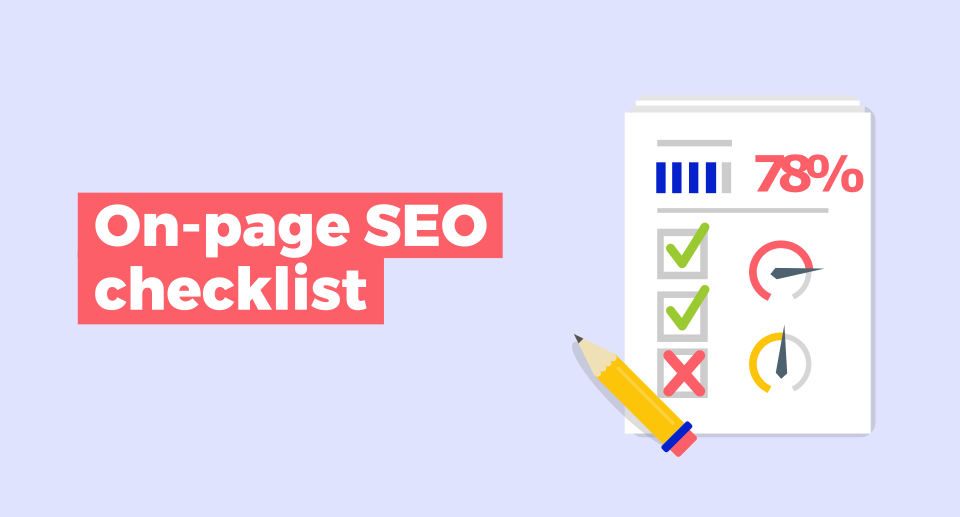
Here is a checklist you can use to rank higher in search engine result pages.
Keyword tips:
- Add your keyword within the title.
- Add it in the permalink.
- Incorporate the keyword within the initial 100 words.
- Remember to add the keyword in the image’s alt tag.
SEO ranking factors:
- Eliminate all the unnecessary keyword fluff from your content.
- Add interactive media such as videos, slides, and infographics to your content.
- Always remember to compress and resize your images before uploading them.
- Improve your page speed.
- Compose a meta title having no more than 65 characters.
- Compose a meta description having less than 120 characters.
Factors that are easily overlooked
- Add social media buttons either toward the end or next to the content piece.
- Add relevant posts after each post to reduce the skip rate.
- Never add multiple H1 tags since your post title alone should have the H1 tag.
- Don’t add keywords where they don’t make your content flow organically. This is called keyword fluff and it can negatively impact your SEO attempts.
- Find the appropriate word count. Examine the word count of the top five search results for your query and decide on your word count accordingly.
- Towards the end of a post, add a call-to-action button and urge your users to make a move.
- Create content that can be shared across social media platforms.
- Analyze your keyword metrics prior to writing your content. Some of the crucial factors to keep in mind include Search Volume, Return Rate and Clicks.
Bottom Line
On-page SEO and off-page SEO are of equal importance. The truth is that an effective SEO strategy requires a solid mix of both.
We really hope that this guide has been useful to you. Apply these proven SEO techniques and see the results for yourselves. We wish you the best in your SEO journey.
If you are looking for a professional SEO agency in Mumbai or Navi Mumbai to optimize your website, you can get in touch with us. We have helped hundreds of clients in the last 13 years to boost their organic search visibility.

